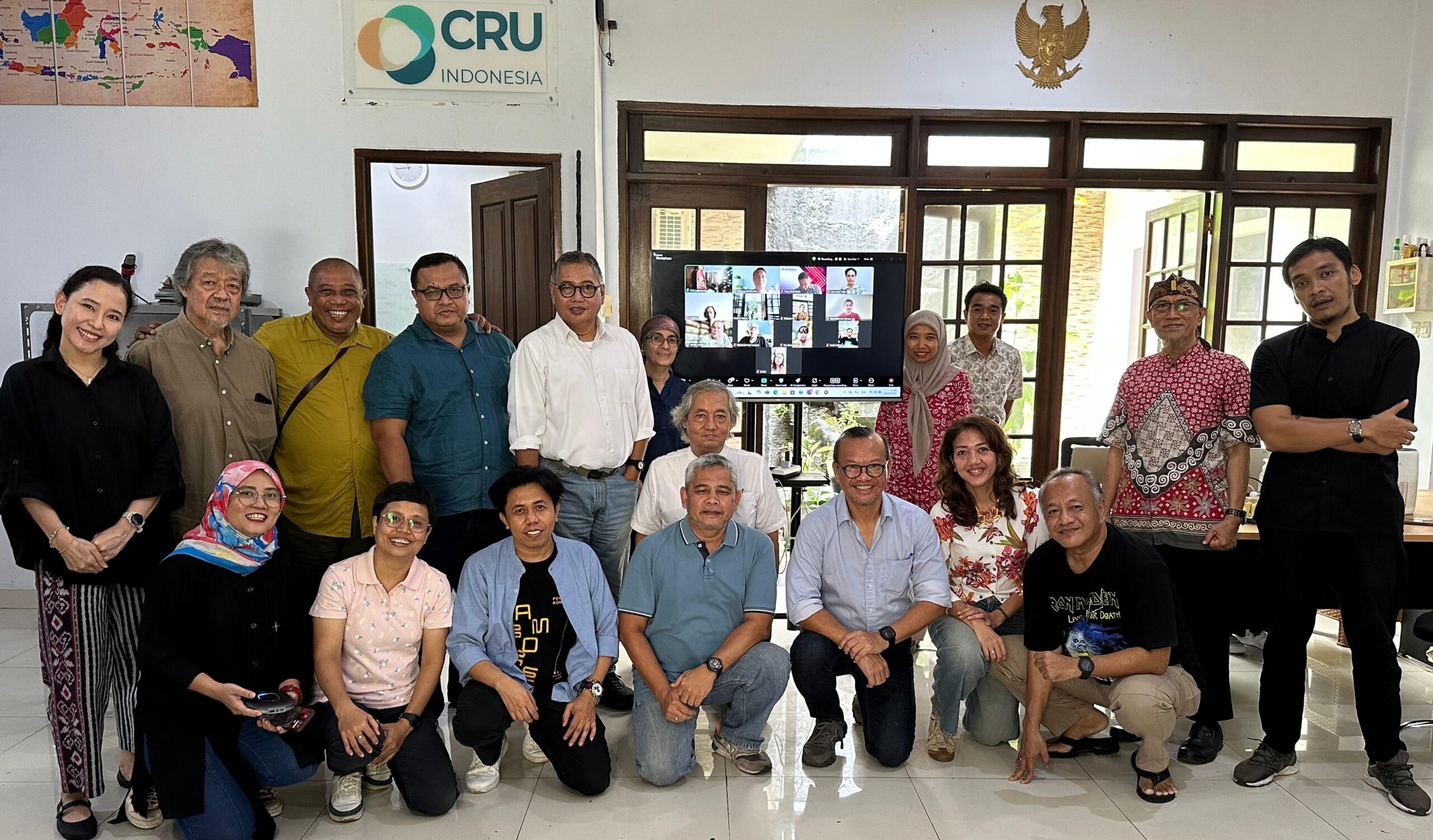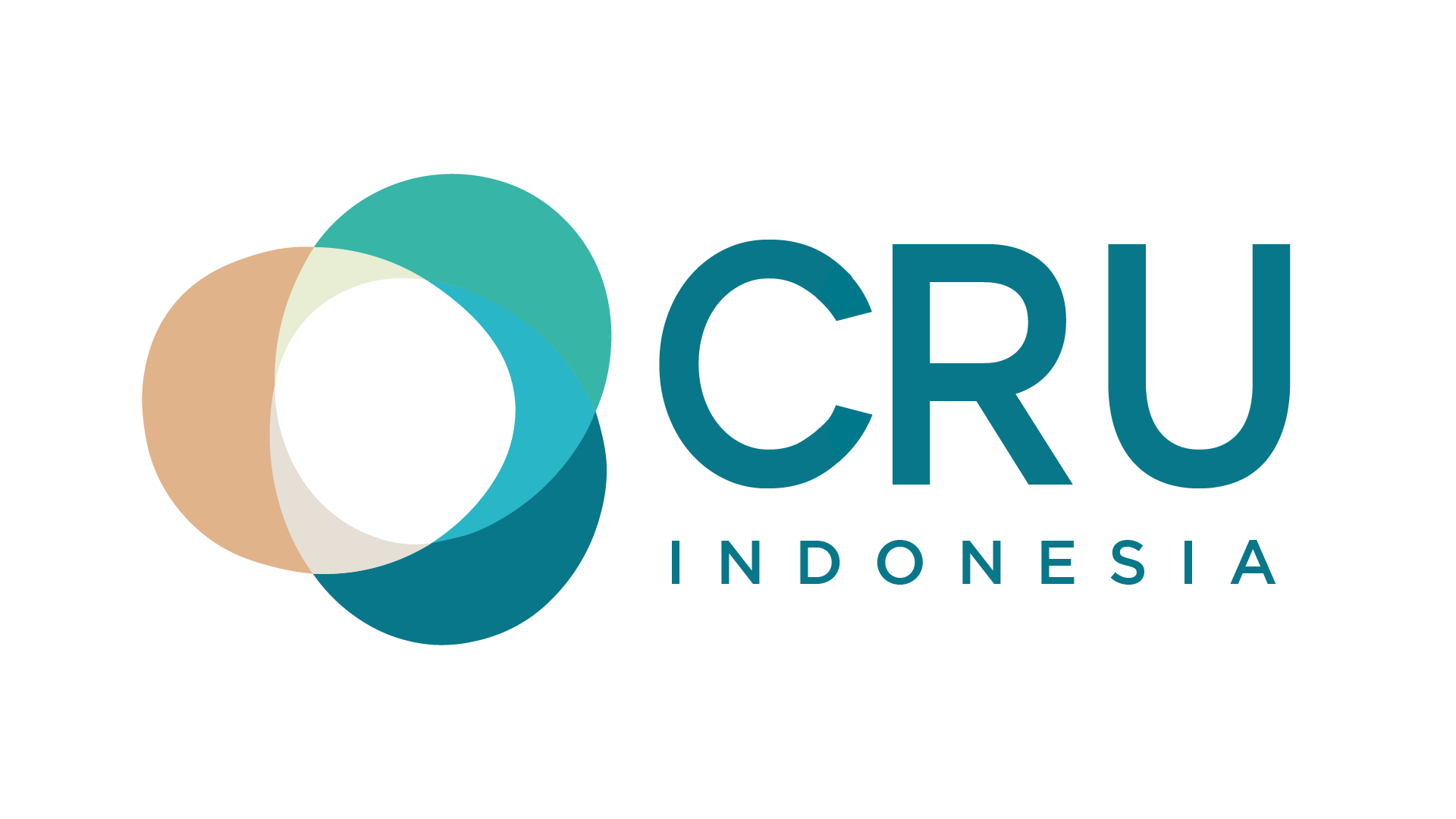The Land and Natural Resource Conflict Resolution Institution Indonesia Needs: An Institutional Reflection
 1 August 2025
1 August 2025
In May 2025, CRU Indonesia held its first Annual General Meeting, which generated a range of strategic insights for the institution’s future development. While these recommendations were specific to CRU Indonesia, they are also relevant to other conflict resolution bodies. This paper explores the key issues related to the kind of land and natural resource conflict resolution institution Indonesia needs, especially amid the growing number and intensity of such conflicts in the current development context.
In this situation, the need for a strong and effective conflict resolution institution is becoming increasingly urgent. The challenge is not only about resolving individual cases but also involves more structural aspects—such as strengthening governance, creating enabling conditions, and building public trust in institutions working in this area.
The kind of land and natural resource conflict resolution institution Indonesia needs must reflect three core areas of work: (1) creating conditions that enable fair and inclusive land and resource governance; (2) supporting compliance with sustainability standards and human rights principles; and (3) resolving conflicts through credible and participatory mechanisms. Combining these three functions will ensure the institution is not only responsive in addressing downstream conflicts but also proactive in reducing conflict risks through upstream contributions to a more resilient governance system.
However, to be truly effective, such an institution must have an adaptive institutional DNA—its core values and working orientation must support change and innovation. To date, many conflict resolution bodies have been trapped in a narrow role as mere technical facilitators or mediators of individual cases. Going forward, the institution’s DNA must expand to include roles as idea incubators and strategic thinkers in land and natural resource governance. Moreover, the institution must position itself as a center of methodological excellence: developing and promoting context-sensitive approaches that align with global justice and human rights principles.
A serious effort in branding and positioning is also essential. This institution must be recognizedby the public, the private sector, and the government as a strategic entity—not merely a conflict resolver. Therefore, the use of positive language and the mainstreaming of key ideas should be part of its communications strategy, so the institution is seen as a vital contributor to the ongoing development of an inclusive, just, and sustainable national development system.
Institutional development is another key element. A conflict resolution organization must strengthen its internal capacity—in terms of human capital, structure, and decision-making mechanisms. To ensure sustainability, it should also adopt a mixed funding model, including income-generating activities, while safeguarding its integrity and independence in serving various stakeholders.
Lastly, scale and cost-effectiveness must be carefully considered. An institution that is too large and unfocused may lose momentum, while one that is too small may be unable to meet broader challenges. Therefore, it must strike a balance between expenditures and outcomes, while remaining adaptive, modular, and responsive to evolving needs.
In short, an effective and necessary institution for addressing land and natural resource conflicts is not merely a matter of structure—it is also about strategic thinking and action. In the future, such an institution must be capable of responding to the complex socio-ecological challenges of Indonesia, while also serving as a source of inspiration for fair and sustainable governance reform.
Photo: CRU Indonesia’s documentation.
